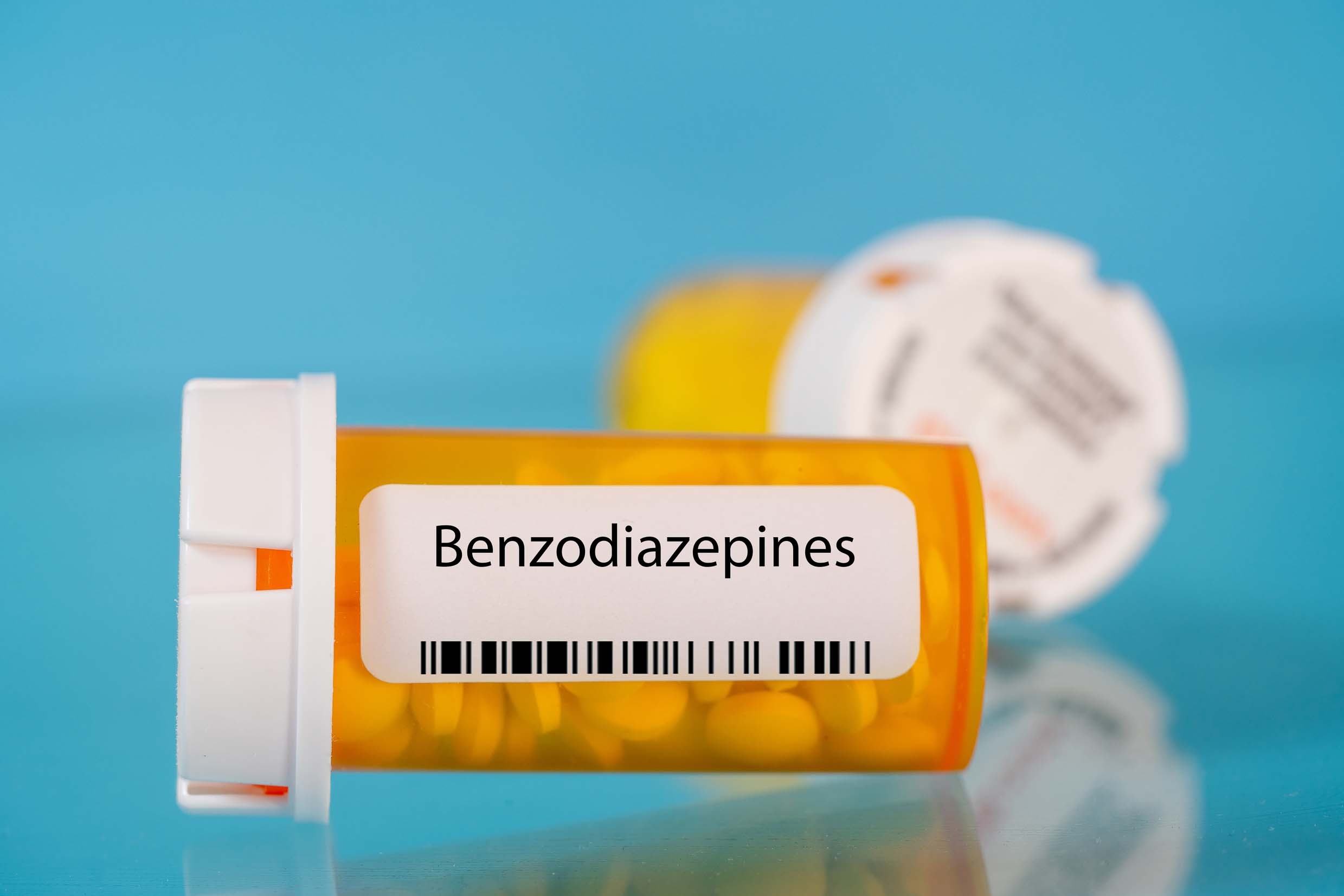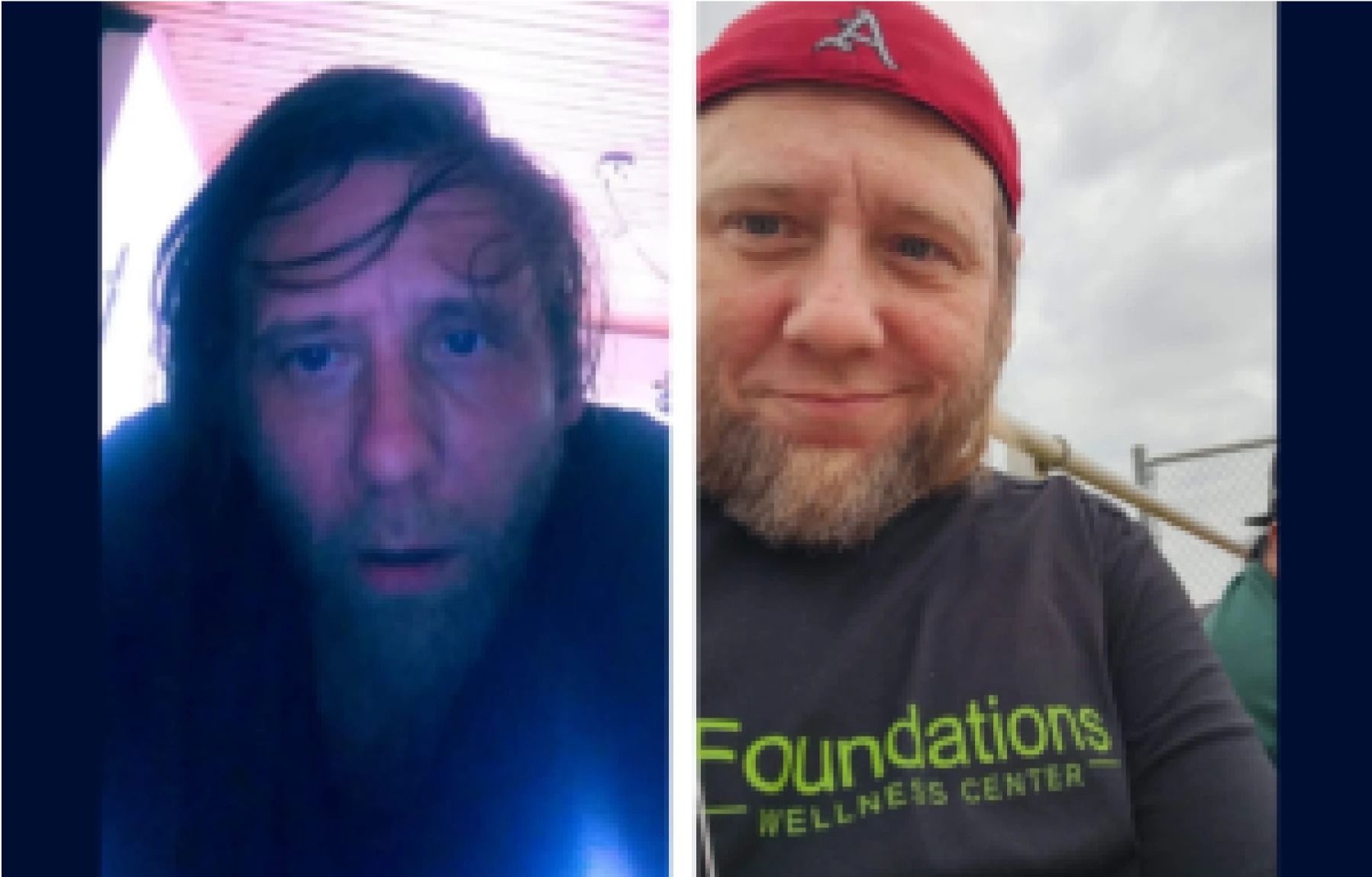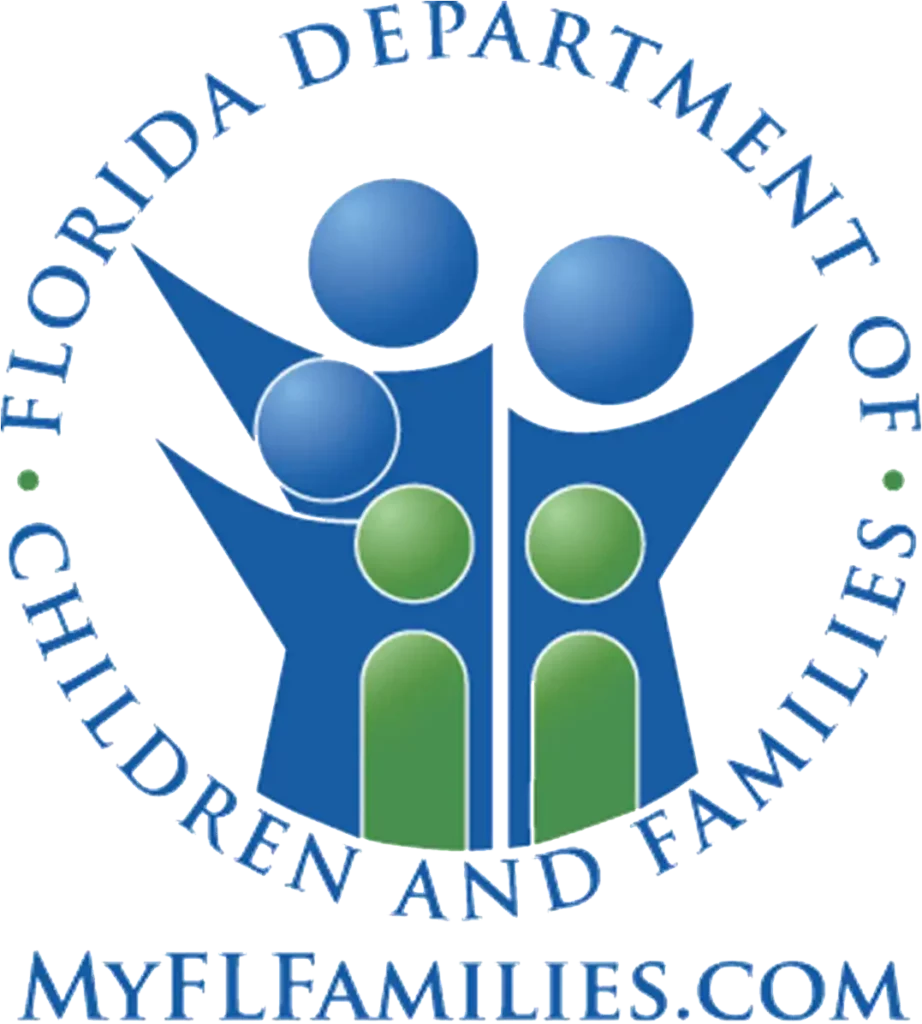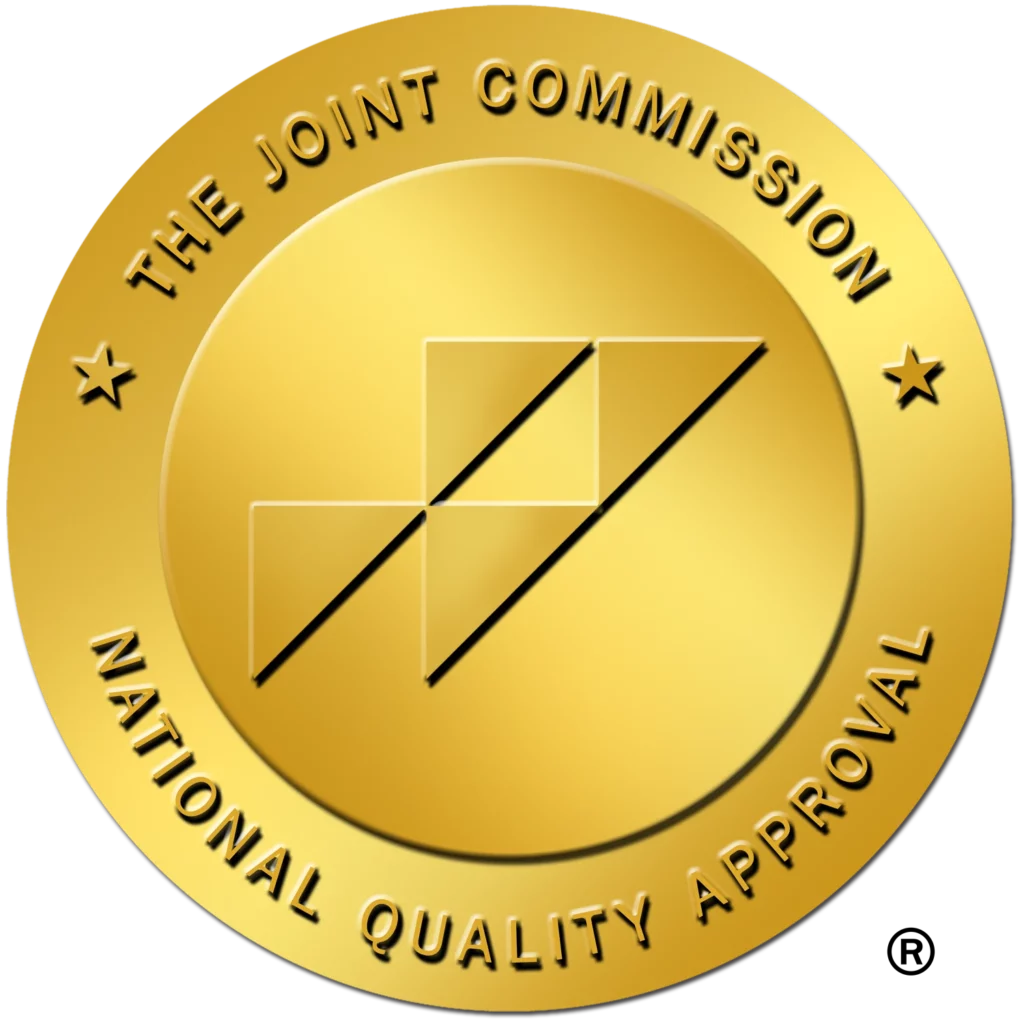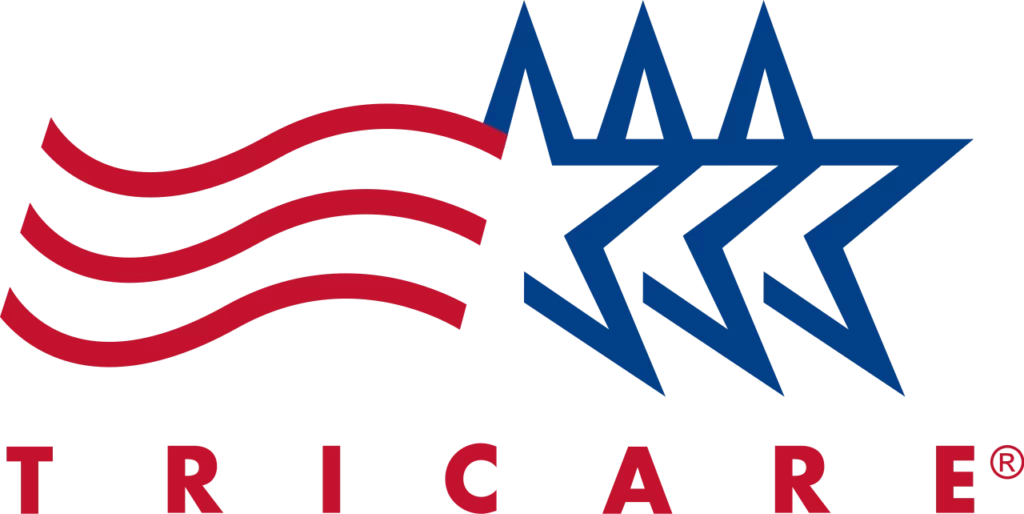Can You Recognize the Warning Signs of an Opioid Overdose? Key Symptoms & Proper Treatment
This entry was posted in Addiction News, Prescription Drugs and tagged Opioids, symptoms on July 10, 2019 by Justin Baksh, MS, LMHC, MCAP, Chief Clinical Officer.

Like any other drugs, opioid overdose manifests different signs and symptoms. Opioids are medications that were originally derived from the opium poppy. Today, many chemical recreations mimic the effects of that flower.
While these drugs can be highly effective painkillers, they are also highly addictive.
Thus, fatal overdoses are becoming far too common. In fact, the National Safety Council reports that opioid overdoses are now the leading cause of accidental death in the United States, overtaking motor vehicle accidents.
The ongoing opioid crisis in the United States has affected communities of all types in all 50 states.
While some areas are more vulnerable than others, dependency is a hidden danger in all communities.
Opioid overdose deaths, unfortunately, have affected too many lives. The good news is that the availability of life-saving resources has increased across the country in response to the crisis.
Knowing how to spot the warning signs and symptoms of opioid overdose could be the first step in saving a life.
What Is an Opioid Overdose?
The Centers for Disease Control and Prevention (CDC) and other government agencies offer guidance and extensive resources to the public concerning opioid overdoses, opioid medical uses, risk assessment tools, and how to find treatment for opioid dependency.
According to the CDC, any opioid-based substance is capable of causing an overdose. In fact, the threshold for an overdose can depend on various factors, including:
- user health
- age
- weight
- tolerance level
- purity of the opioids consumed
Many people wonder – what is an opioid overdose?
How does it compare with simply taking too much of an opiate?
Overdose occurs when a user is unresponsive and medical intervention is necessary.
Opioid overdoses can happen for several reasons, including:
1. Tolerance
The individual developed a tolerance to the drug and took more than usual to account for the apparent lack of efficacy with the normal dose.
Opioid tolerance develops quickly.
Some people who take prescription opioids for medical conditions notice that it isn’t working like it used to (an apparent decrease in efficacy) in as little as a few weeks.
2. Accidents
Some individuals, especially older adults, may have trouble keeping track of daily medications.
Prescription opioids require careful management to avoid double-dosing, which may be fatal in some cases.
3. Unknown purity
No quality control system exists on the black market.
An individual may purchase illegal drugs from the same dealer every time but receive drugs of different purity levels each time.
Additionally, there is no way for a buyer on the street to identify contaminants, additives, or synthetic opioid blends containing fentanyl and other deadly substances.
It is not uncommon for an individual to unintentionally purchase opioids that are too strong and then accidentally overdose after taking them.
4. Fear of exposure
Due to the social stigma surrounding heroin use in the U.S., as well as issues with legality, users conceal their dependency to protect themselves.
That protection is one reason people overdose.
They may be afraid to call for help if they suspect they have overdosed, and people with them may be afraid of being arrested if they believe someone with them has overdosed.
5. Trying to stop using without support
Sadly, some people, in an effort to get clean, will stop using opioids cold turkey.
This often leads to painful withdrawals and an immediate search for drugs.
Many times, users will take more than they need to “fix” the withdrawals, leading to opioid overdose.
6. Dangerous synthetics
Heroin is a synthetic opioid derived from morphine.
Drug manufacturers have developed even stronger synthetic opioids in recent years.
The most prevalent in the U.S. is fentanyl.
This has a lethal dose that is only a fraction of the lethal dose of heroin.
The CDC reports that fentanyl is usually 50 to 100 times more potent than morphine.
Anyone who suspects that a friend, coworker, or relative is struggling with opioid addiction should learn how to spot opioid overdose symptoms and how to identify progressing opioid dependency.
Tolerance and Withdrawal Symptoms
Opioids are dangerous because of how they interact with the human body.
They may be highly effective painkillers, but the method of their interaction with the body’s hormones and neurotransmitters causes most people to quickly develop a tolerance.
Once an individual develops a tolerance to a drug, the drug becomes less effective and tolerance could cause a resurgence of the symptoms the drug intended to treat.
This, unfortunately, encourages many people to start taking larger doses or to take doses more frequently.
This practice is extremely dangerous with prescription medications, and it is even more dangerous when it comes to illegal opioids such as heroin.
The pharmaceutical industry has careful, regulated quality control systems in place to ensure prescription drug purity and dosage accuracy, but an individual buying drugs illegally has no way of knowing a drug’s purity.
Furthermore, bacteria, molds, and other substances could contaminate the drugs. Nevertheless, they could contain unknown mixes of dangerous substances to boost the weight for sale.

When an individual begins to experience withdrawal symptoms, the severity of opioid withdrawal can compel an individual to engage in risky behavior.
This includes:
- taking too many opioids at once to curb withdrawal symptoms
- sharing injection supplies with others
- purchasing opioids of unknown purity from unfamiliar sources
These factors can significantly increase the risk of an overdose, even to an individual with an advanced addiction and high biochemical tolerance built up against opioids.
First Warning Signs of an Opioid Overdose
Opioid overdoses can occur shortly after consumption.
Many people with opioid abuse disorder choose to snort opioids in powder form while others reduce with liquid and inject them for a more concentrated, fast-acting dose.
Signs that a person is under the influence of opioids include:
- Overly relaxed demeanor
- Pinpoint pupils
- Flushed skin
- Dry mouth
- Itchiness
- Wavering between consciousness
and unconsciousness - Nausea and vomiting
The signs above may precede symptoms of an actual opioid overdose, which are much more severe:
- Loss of consciousness
- Choking and gurgling sounds
- Slow and shallow breathing
- Limp limbs
- Pale, cold, and/or bluish skin
- Inability to wake up

If you notice any of these symptoms, call 911 immediately.
The quicker the response, the higher the likelihood of reviving someone who is suffering from an opioid overdose.
Risks of Untreated Opioid Overdose
The opiate overdose timeline can progress rapidly.
Within a few minutes of an overdose, the individual could experience fatal organ failure, dangerous seizures, or fatal respiratory depression and unresponsiveness that leads to suffocation.
Opioids act on the part of the central nervous system that controls and regulates breathing.
Without immediate help, suffocation and death can result when an individual has an opioid overdose and falls unconscious.
The Importance of Quick Response to Opioid Overdoses
If you are present when an opioid overdose occurs, try to keep the individual awake and responsive while you call 911.
Position the individual on one side to prevent choking.
If you have been certified, perform CPR until help arrives.
In most jurisdictions throughout the U.S., first responders carry Narcan, which is a life-saving medication for opioid overdose.

If you have reason to believe your loved one has an opiate dependency, discuss having a prescription for Narcan (Naloxone) on hand.
In previous years, Narcan was only available at hospitals and from emergency responders and police.
Because many people would be too afraid of arrest for drug offenses to seek help and find naloxone when needed, major legislative changes and advocacy efforts have led to a wider availability of Narcan to the public.
It’s available through a prescription, but most states have made it available without one.
Narcan comes in inhalant and injectable forms.
While a dose of Narcan can reverse the symptoms of an overdose and save someone’s life, it will not “fix” the overdose.
The individual still requires immediate medical attention. Narcan only remains in the body for about an hour.
Accidental overdose can sometime serve as a well-needed “wake-up call”.
This leads those who are struggling to finally accept the need for opioid addiction treatment as they realize that their drug problem may cost them their lives.
Recovering from Opioid Dependency
Opioid overdoses are one of the most common causes of accidental deaths in the United States today.
Being able to identify the signs of opioid addiction, the symptoms of opioid overdose, and how to handle an overdose situation could save a life.
Entering treatment as soon as possible offers the best chances of overcoming opioid addiction and preventing overdoses.

